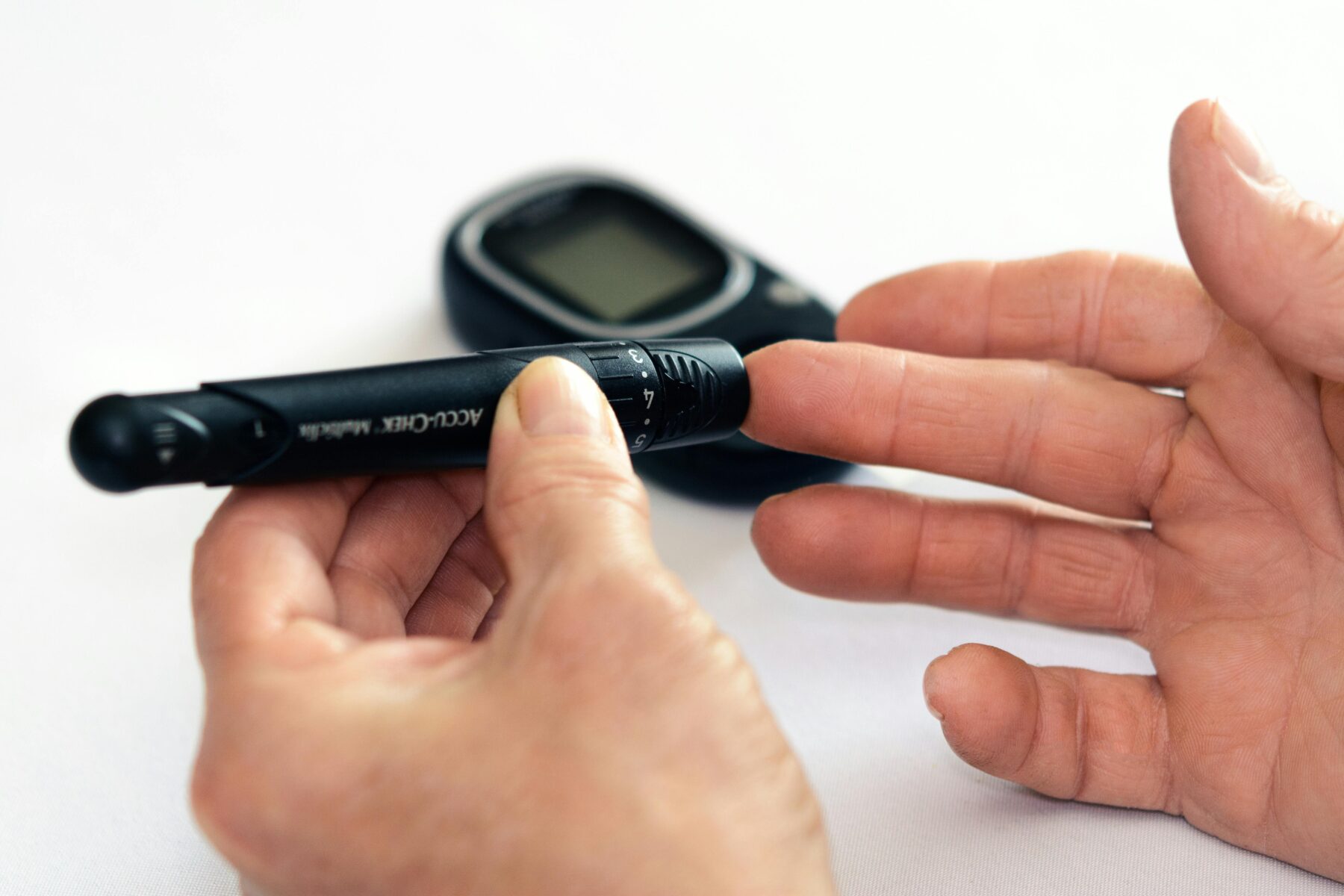
Study results showed that more than one-third of adults with type 2 diabetes (T2D) were at risk.
The prevalence of eating disorders has been rising and, according to a group of Indian researchers, there are still few reports of eating disorders among persons with T2D in some parts of the world. Dr. Arti Muley and researchers at Symbiosis International University, Pune, India, echoed this. Few studies of eating disorders and individuals with T2D have been performed in India, due to fixed age groups and small data sets, and the fact that no countrywide studies yet exist (Cureus 16: e52425. DOI 10.7759/cureus.52425).
A cross-sectional study
The researchers designed a cross-sectional study of T2D and eating disorders among adults in Ahmedabad City, Gujarat, India. (With an estimated population of 9 million, it is the fifth largest city in India.) Dr. Muley and colleagues enrolled 54 individuals 30 to 60 years of age with T2D in their study. A special 32-questionnaire was developed using the SCOFF Questionnaire, a five-question screening tool that added demographic information, and the Eating Disorder Examination-Questionnaire (EDE-Q).
Results
The researchers reported that more than one-third of the group with T2D (21% of males and 14% of females) had an elevated risk of developing an eating disorder. In this study, 14% of the participants screened positive for an eating disorder: those at greater risk were males 40 to 50 years of age, and those with uncontrolled diabetes and one or more comorbidities.
The 254 participants included 141 males (55.5%) and 113 females (44.5%), most of whom were 30 to 40 years of age (46.1%) or 40 to 50 years of age (54.7%). Of the participants, 39% reported exercising only occasionally and 31% reported exercising “sometimes.” Some 63% had normal body mass indexes, and 15% of the males were overweight, compared to 6% of females. A family history of diabetes mellitus was found among 60% of the study group. More than 61% of the patients had uncontrolled diabetes and 70% reported having one or more comorbidities with their T2D. Another finding was that individuals with more education were more likely to report having symptoms of an eating disorder.
Study limitations
The authors noted that their study did have a few limitations, including its cross-sectional nature, which limited generalizing findings to different periods and/or populations. Self-reporting bias might also have affected the results.
A few final thoughts
According to the authors, increasing awareness of the link between diabetes and eating disorders will help professionals identify individuals with both. They also concluded that some technologies, such as mobile apps, artificial intelligence, and telehealth, may help individuals manage their diabetes and disordered eating. This is particularly applicable in areas where in-person treatment is either difficult to arrange or unavailable.

